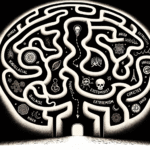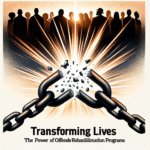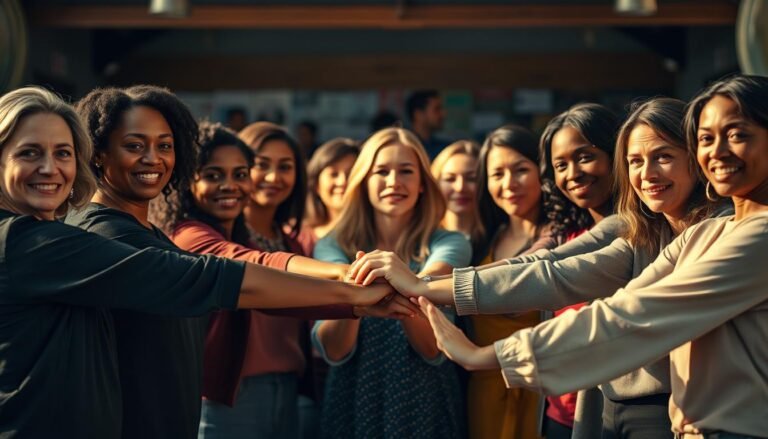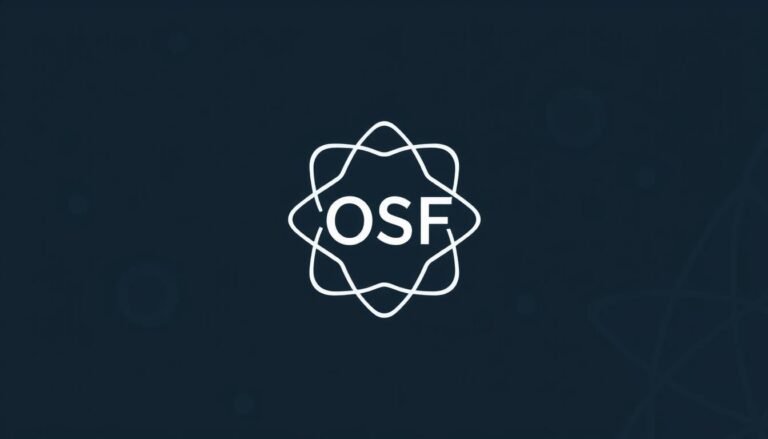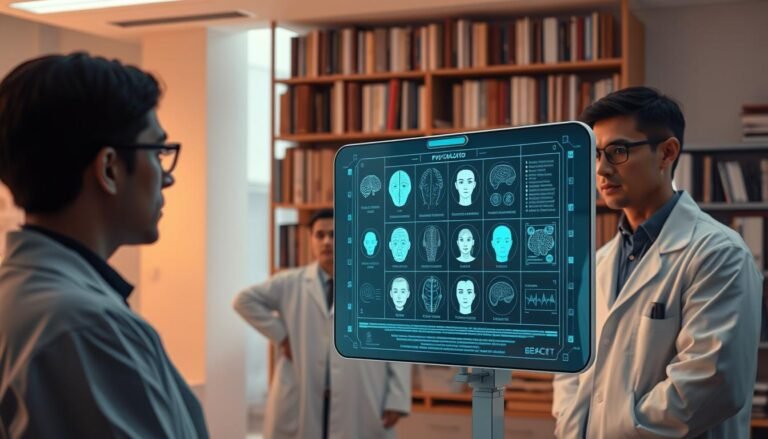
Introduction
In our rapidly evolving world, the conversation around gender has expanded dramatically. No longer confined to the binary framework of male and female, the concept of gender is increasingly recognized as a spectrum. Beyond Binary: Exploring Non-Binary Perspectives on Gender Stereotypes invites us to delve deeper into this rich and nuanced understanding of gender. This exploration is critical, not just for individuals identifying as non-binary, but for society as a whole, as we work to dismantle longstanding stereotypes and create a more inclusive environment.
The importance of this discussion cannot be understated. As societal expectations around gender continue to shift, the challenges faced by non-binary individuals serve as a mirror reflecting broader issues related to identity, acceptance, and equality. This article seeks to shine a light on these perspectives, providing unique insights and actionable takeaways that can empower everyone to move beyond the binary.
Understanding Non-Binary Gender
What Does Non-Binary Mean?
Non-binary is an umbrella term that encompasses gender identities that do not fit within the traditional binary of male and female. Individuals identifying as non-binary may feel a combination of both genders, neither, or move between genders fluidly. Importantly, non-binary identities can include genderqueer, genderfluid, agender, and more.
The Spectrum of Gender
It’s crucial to recognize that gender exists on a spectrum rather than as a fixed point. The Gender Unicorn tool, often used in educational spaces, visually represents this spectrum by illustrating how identity, expression, biological sex, and attraction interact. Understanding this can help us redefine our perceptions and challenge the stereotypes that accompany rigid gender roles.
| Gender Component | Description |
|---|---|
| Identity | How individuals see themselves (e.g., non-binary, genderqueer) |
| Expression | External presentation of gender (e.g., clothing, behavior) |
| Biological Sex | Physical attributes (e.g., chromosomes, hormones) |
| Attraction | Romantic or sexual preferences |
Societal Impacts of Gender Norms
Across cultures, gender norms have dictated individual roles, often resulting in limitations and stereotypes. Non-binary individuals frequently face misunderstanding, discrimination, and a lack of representation. This marginalized position demonstrates the need for a serious reevaluation of these stereotypes, as they perpetuate harm not only to non-binary people but to society at large.
Case Studies: Real-World Experiences
Case Study 1: A Non-Binary Perspective in the Workplace
In a renowned tech company, a non-binary employee named Alex faced challenges due to a strict dress code that mandated gender-specific attire. By advocating for a more inclusive policy that allowed for personal expression regardless of gender identity, Alex positioned their case as not just a personal struggle but a movement for broader acceptance.
Analysis: This case illustrates the significant influence that corporate policies have on individual expression. By embracing non-binary perspectives, organizations can foster environments that nurture creativity and inclusivity.
Case Study 2: Education and Inclusivity
A school district in California introduced a gender inclusivity curriculum aimed at dispelling stereotypes among students. The curriculum emphasized the experiences of non-binary individuals and celebrated diverse identities. Teachers were trained to create safe, affirming spaces for all students.
Analysis: This initiative demonstrates how educational systems can utilize Beyond Binary: Exploring Non-Binary Perspectives on Gender Stereotypes to create lasting change. By fostering understanding from a young age, stereotypes can be dismantled, paving the way for a more inclusive future.
Case Study 3: Media Representation
The portrayal of non-binary characters in media has historically been either non-existent or overly simplified. However, the introduction of complex non-binary characters in popular TV shows has created significant discussions around acceptance and visibility.
Analysis: This example underlines the necessity for thoughtful representation in media. When narratives include diverse gender identities, we can collectively challenge societal stereotypes.
The Importance of Language
Gender-Neutral Language
One of the most effective tools for combating gender stereotypes is the adoption of gender-neutral language. Using terms like "they/them" pronouns or avoiding gendered expressions can make conversations more inclusive.
Examples of Gender-Neutral Terms:
| Traditional Term | Gender-Neutral Alternative |
|---|---|
| Waiter | Server |
| Policeman | Police Officer |
| Chairman | Chairperson |
The Role of Pronouns
Pronouns are essential to affirming identity. Misusing or disregarding someone’s pronouns contributes to feelings of invalidation and discrimination. Organizations and individuals alike should prioritize learning and using correct pronouns as part of their commitment to inclusivity.
The Impact of Non-Binary Perspectives on Society
Challenging Stereotypes
The journey to challenge and dismantle stereotypes is not just about individual experiences but is rooted in broader societal change. By embracing Beyond Binary: Exploring Non-Binary Perspectives on Gender Stereotypes, we can recognize that stereotypes limit human potential.
Benefits of Inclusivity
Creating inclusive spaces for non-binary individuals benefits everyone. Research indicates that diverse teams are more creative and effective. Thus, embracing non-binary perspectives is not just a moral obligation; it’s a strategic advantage for organizations, communities, and society as a whole.
Conclusion
In conclusion, Beyond Binary: Exploring Non-Binary Perspectives on Gender Stereotypes underscores the urgency and importance of rethinking our perceptions of gender. The experiences of non-binary individuals serve as a crucial reminder that the fight against stereotypes is not just about gender—it’s about humanity. By adopting inclusive practices, open language, and representation, we can work towards a future where everyone feels seen and valued, irrespective of their gender identity.
Actionable Insights
- Advocate for Inclusive Policies: Whether in the workplace, educational institutions, or community organizations, push for policies that support gender inclusivity.
- Educate Yourself and Others: Familiarize yourself with non-binary identities and the challenges they face. Share this knowledge with peers to foster understanding.
- Use Inclusive Language: Practice using gender-neutral language and respect individuals’ pronouns to create more inclusive conversations.
FAQs
FAQ 1: What does it mean to be non-binary?
Non-binary refers to gender identities that do not fit within the traditional male or female categories. This can include identities such as genderqueer, genderfluid, or agender.
FAQ 2: How can I support non-binary individuals?
You can support non-binary individuals by using their correct pronouns, advocating for inclusive policies, and educating others about gender diversity.
FAQ 3: How can workplaces become more inclusive for non-binary employees?
Workplaces can adopt gender-neutral policies, training sessions on inclusivity, and create safe spaces for all identities.
FAQ 4: What are the barriers non-binary people face?
Non-binary individuals often encounter stigma, discrimination, and a lack of understanding in various facets of life, including healthcare, employment, and education.
FAQ 5: How can media representation improve for non-binary individuals?
Media can improve representation by including well-rounded non-binary characters in narratives and avoiding stereotypes that simplify complex identities.
By engaging deeply with the topic of Beyond Binary: Exploring Non-Binary Perspectives on Gender Stereotypes, we all have the potential to champion inclusivity and enrich our collective understanding of gender. Let’s embark on this journey together and create a world that celebrates diversity in all its forms.
